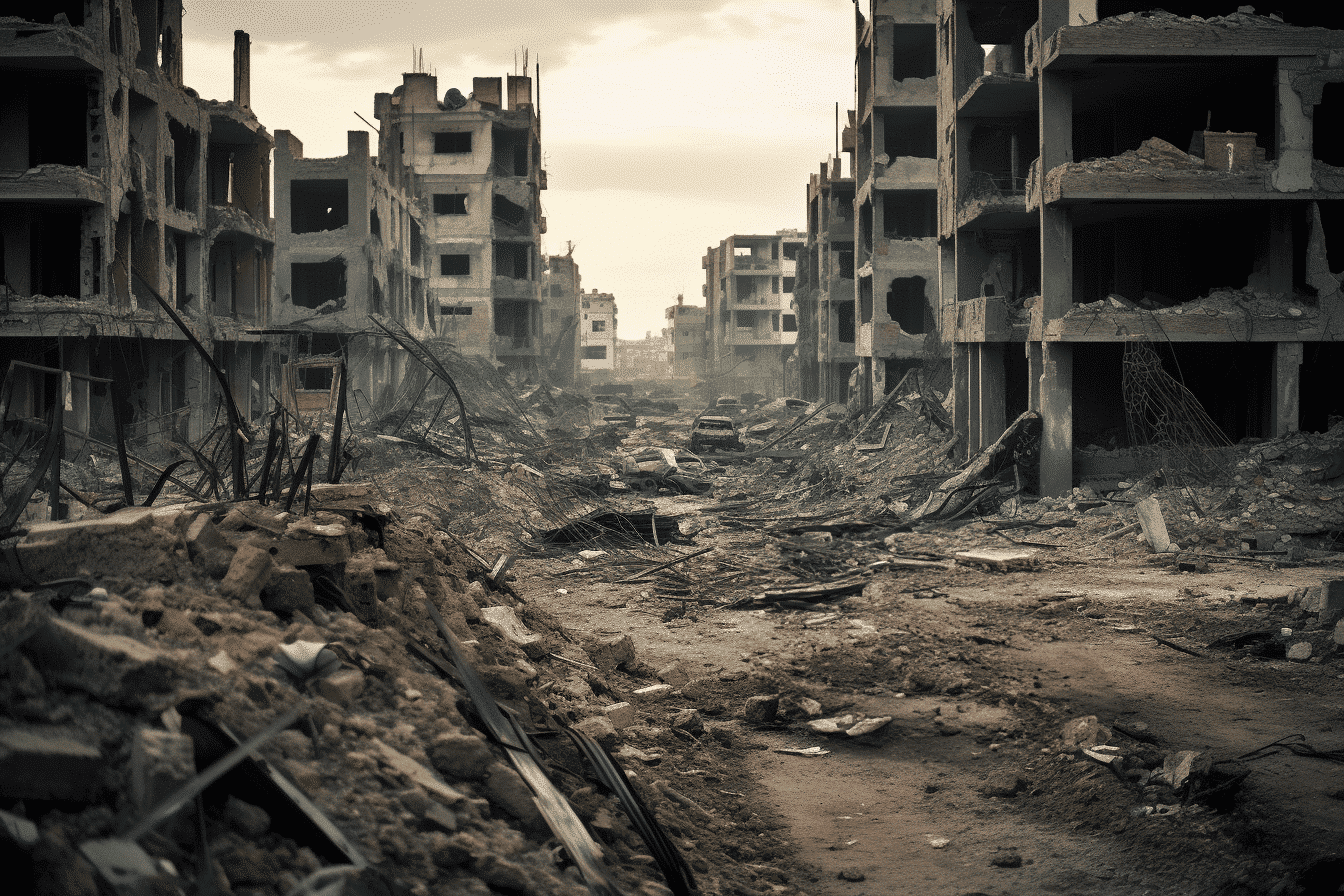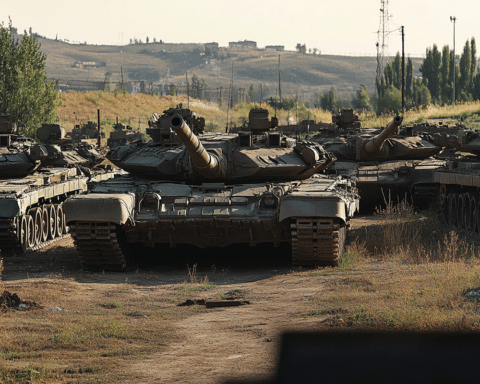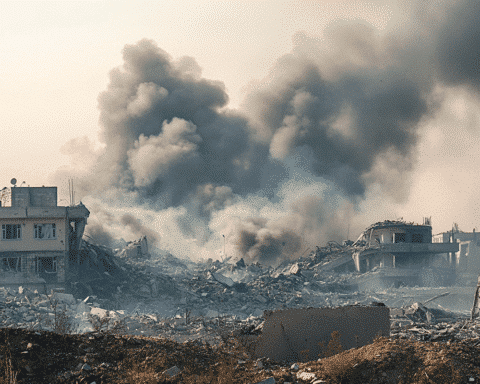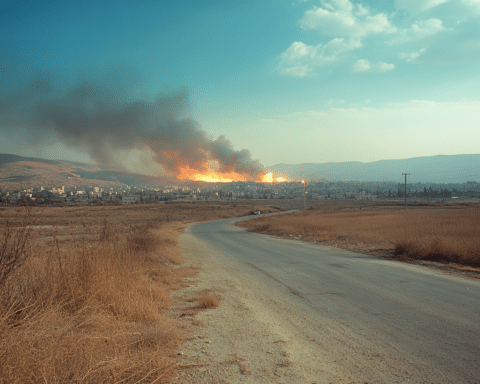As the war between Israel and Hamas extends into its second month, the impact on Gaza’s society is both profound and heart-wrenching. In the shelters and breadlines, the fabric of this close-knit community is being torn apart by the sheer force of survival.
Desperation in the Daily Lives
The words of Suzan Wahidi, a mother and aid worker, are a stark testament to the struggles faced by the residents of Gaza, “My kids are crying because they are hungry and tired and can’t use the bathroom. I have nothing for them.” The war has left over 10,000 dead in Gaza, with civilians trapped and struggling without necessities like electricity or running water.
Scarcity has become the norm, with residents waiting in long lines for food and water, often leading to fights and riots out of sheer desperation. The social strain is evident, as Yousef Hammash from the Norwegian Refugee Council observes, “Everywhere you go, you see tension in the eyes of people. You can tell they are at a breaking point.”
Fading Traditions and Rising Fears
The war has done more than destroy buildings and take lives; it has also attacked the traditions and daily routines that are the bedrock of Gazan culture. The once-famed dish jazar Ahmar is now just a memory, with families left cooking lentils over street fires as supermarkets and bakeries are stripped of their goods.
The ongoing conflict, intensified by the Hamas attack on October 7, has led to a dire situation with severe food insecurity affecting the 2.3 million inhabitants of Gaza. As Alia Zaki of the U.N.’s World Food Program states, “There is a real threat of malnutrition and people starving.”
A Society on the Brink
This relentless pressure has even led to unprecedented scenes of dissent against Hamas, with frustrations boiling over into violence against officials and policemen. The social fabric of Gaza, once bound by community and family, is now fraying, overshadowed by anxiety, uncertainty, and loss, as Juliette Touma from the U.N. Agency for Palestinian Refugees puts it.
In the face of overwhelming adversity, Gaza’s future remains uncertain. A landscape of scarcity, illness, and fear has replaced the once-familiar streets and faces. The community spirit that held Gaza together for so long is now being tested like never before, leaving many like 16-year-old Jehad Ghandour to lament, “The Gaza I know is just a memory now.”




